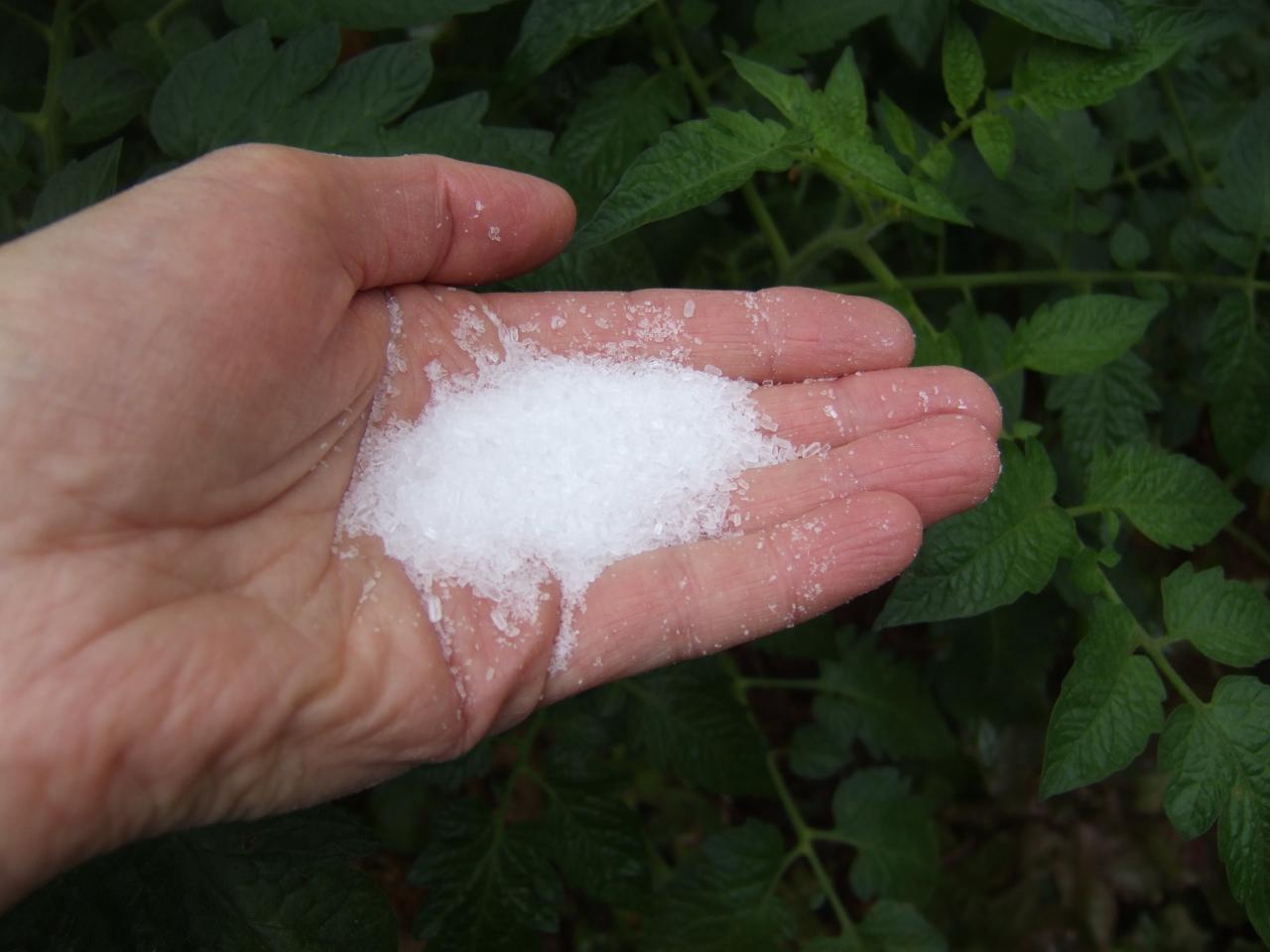Epsom Salt in Gardening: What Plants Don't Like Epsom Salt and Just How to Readjust
Discover the Particular Plants That Are Detrimentally Affected by Epsom Salt Application
Epsom salt, a prominent household solution for various gardening troubles, is commonly commended for its helpful effects on plant growth. Not all plants respond positively to its application. Recognizing the details plants that can be adversely affected by Epsom salt is essential for any gardener wanting to enhance their plant treatment regimen. Roses, tomatoes, azaleas, rhododendrons, and peppers are just a few examples of plants that may not respond well to Epsom salt. The factors behind these unfavorable impacts and exactly how to alleviate them are necessary knowledge for keeping a growing yard.
Roses

Roses, particularly conscious changes in their setting, can be negatively impacted by the application of Epsom salt. While Epsom salt is generally utilized as a plant food to advertise plant growth and boost blooming, roses are one of the plants that do not respond well to its application. The high magnesium web content in Epsom salt can conflict with the uptake of other essential nutrients by the rose plants, bring about deficiencies that materialize as yellowing leaves or stunted development.

Tomatoes
Tomatoes, recognized for their flexibility in cooking applications, can exhibit unfavorable impacts when revealed to Epsom salt due to their particular nutrient needs. While Epsom salt is often touted as a treatment for numerous plant issues, including bloom end rot in tomatoes, its application can cause damaging end results otherwise used carefully. Tomatoes are hefty feeders that call for a balanced intake of nutrients, specifically calcium, to thrive. Excessive Epsom salt, which is magnesium sulfate, can interrupt the delicate nutrient equilibrium needed by tomatoes, potentially resulting in deficiencies in various other necessary nutrients like calcium. This imbalance may materialize in signs and symptoms such as stunted development, yellowing fallen leaves, or perhaps decreased fruit production in tomatoes. When taking into consideration the usage of Epsom salt on tomatoes, it is vital to adhere to advised application prices and dirt screening to stop unintended repercussions on the general health and wellness and efficiency of these beloved garden plants.
Peppers
Peppers, respected for their numerous colors and levels of spiciness, can show susceptibility to adverse influences from Epsom salt when not used with care and factor to consider for their particular dietary demands. what plants don't like epsom salt. Peppers, belonging to the Solanaceae household, require a fragile balance of nutrients to prosper. While Epsom salt is recognized to enhance magnesium levels in plants, too much application can disrupt this stability, resulting in unfavorable effects on pepper plants
When peppers are revealed to high levels of magnesium from Epsom More hints salt, it can disrupt the plant's capability to take in other important nutrients like calcium and potassium. This imbalance might manifest in symptoms such as leaf discoloration, stunted growth, and lowered fruit manufacturing. Additionally, the extreme magnesium can alter the soil pH, further worsening nutrient uptake concerns for peppers.

Rhododendrons
Offered the level of sensitivity of particular plant types to discrepancies triggered by Epsom salt, it is important to think about the influence on Rhododendrons, which likewise require certain nutrient degrees to grow. Rhododendrons are acid-loving plants that prefer acidic soil conditions with a pH variety in between 4.5 and 6.0. Epsom salt, chemically referred to as magnesium sulfate, can change the dirt pH and interrupt the fragile equilibrium of nutrients important for Rhododendron health.

To preserve the optimum growth and health of Rhododendrons, it is essential to avoid the unplanned use of Epsom salt and instead concentrate on offering the specific acidic dirt conditions and nutrients that these plants need for thriving.
Azaleas
Azaleas, known for their dynamic flowers and broad series of colors, are decorative bushes that belong to the Rhododendron category. These preferred flowering plants are often located in yards, landscapes, and parks as a result of their charm and flexibility. Azaleas are delicate to modifications in soil pH levels, which can significantly influence their growth and total health and wellness. While Epsom salt is commonly used as a remedy for magnesium deficiency in plants, its application to azaleas can have damaging impacts.
Azaleas like somewhat acidic dirt conditions, and an excess of magnesium from Epsom salt can disrupt this balance, leading to nutrient imbalances and potential poisoning concerns. The wrong application of Epsom salt can result in stunted development, yellowing of fallen leaves, and general decrease in the health and wellness of azaleas.
Verdict
In final thought, the original source it is essential to be knowledgeable about the specific plants that can be negatively affected by the application of Epsom salt. Roses, tomatoes, peppers, rhododendrons, and azaleas are some examples of plants that may not profit from Epsom salt and can even experience injury. It is important to study and recognize the needs of each plant types prior to using Epsom salt as a fertilizer to ensure their wellness and wellness.
Comprehending the certain plants that can be detrimentally affected by Epsom salt is important for any kind of garden enthusiast looking to optimize their plant care regimen. While Epsom salt is typically utilized as a plant food to advertise plant development and boost flowering, roses are one of the plants that do not respond well to its application.Too much usage of Epsom salt can additionally result in an accumulation of salts in the dirt, leading to root damage and dehydration of the rose plants. While Epsom salt is understood to improve magnesium degrees in plants, extreme application can interrupt this stability, leading to adverse effects on pepper plants.
The high salt material in Epsom salt can likewise dehydrate Rhododendron origins, causing further tension and damage to the plant. (what plants don't like epsom salt)